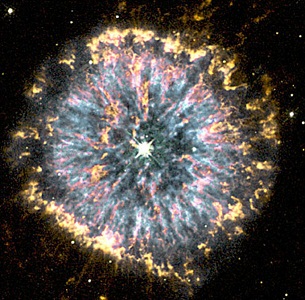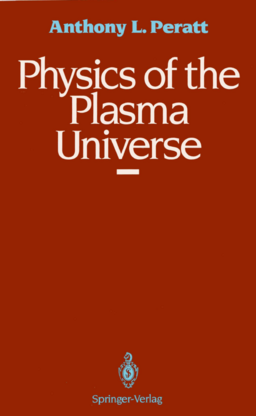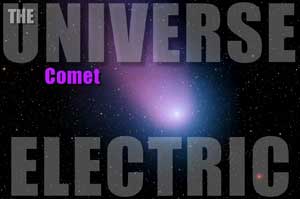Electric Universe
(See right-hand panel for a full list of scientists, papers, and books)
In 1903 Norwegian physicist Kristian Birkeland predicted auroral currents perpendicular to the earth's magnetic field. In the 1920s, Irving Langmuir studied the filamentary structure of electrical discharges, providing a foundation for modern plasma confinement. Both Birkeland currents and Langmuir sheaths revealed not only fundamentals related to electromagnetism, but also its significance in the dynamics of the solar system. Systematizing this knowledge, Hannes Alfv?n founded the science of magnetohydrodynamics in the 1940s, boldly claiming that the universe is predominantly composed of plasma, or electrically charged matter. From these foundations has emerged a large body of literature supporting the importance of electricity and magnetism in governing celestial bodies. For example, Anthony Peratt of Los Alamos Labs succeeded in simulating virtually every known galaxy type via electromagnetic models. Yet mainstream science remains fixated with gravitational models of the cosmos, regarding electromagnetic forces of secondary and inconsequential importance, despite the fact that they are stronger than gravitational forces by a factor of 1040.
Not only does the Electric Universe concept challenge conventional thinking about planetary interaction, but also the very structure of stars and planets. Mainstream science would have us accept a sun core at billions of degrees, somehow hot enough to sustain steady fusion reactions that have never been reproduced in the laboratory, whereas the electric sun model stresses the importance of lab-reproducible plasma currents throughout the solar system and beyond, providing the sustainable reactions that produce its known characteristics. Mainstream hot fusion models explain little about the relatively low temperature of the photosphere, the filamentary structure of sunspots, and the dominance of the sun's magnetic field. Moreover, mysterious features of many planets and moons can be readily explained in terms of electric potential gradients and plasma currents within and near planets. Geologic features like craters, canyons, and even mountain ranges have demonstrably similar characteristics with scarring damage resulting from abrupt electrical discharges. The Electric Universe model suggests that many features in our solar system may have occurred from massive interplanetary electrical discharges, perhaps even within recorded human history.
Among its most striking claims, the Electric Universe paradigm holds that comets, asteroids, and even planets are fundamentally alike, each possessing magnetic fields and auroras, but differing in size and distortion of the magnetic "tail". According to E. U., comets are simply asteroids with orbits eccentric enough to reveal the magnetic field, especially at perihelion. In contrast, asteroids and even planets maintain nearly circular orbits and therefore exhibit only auroras. Evidence from NASA data strongly supports the contention that the planet Venus was once a comet. Electric Universe models predict that close examination of actual comets will not reveal conventional "dirty snowballs" at all, but electrical storms of cosmic proportions. It's time that science stepped up to actually study comets at close range to determine the merit or demerit of these bold claims.




